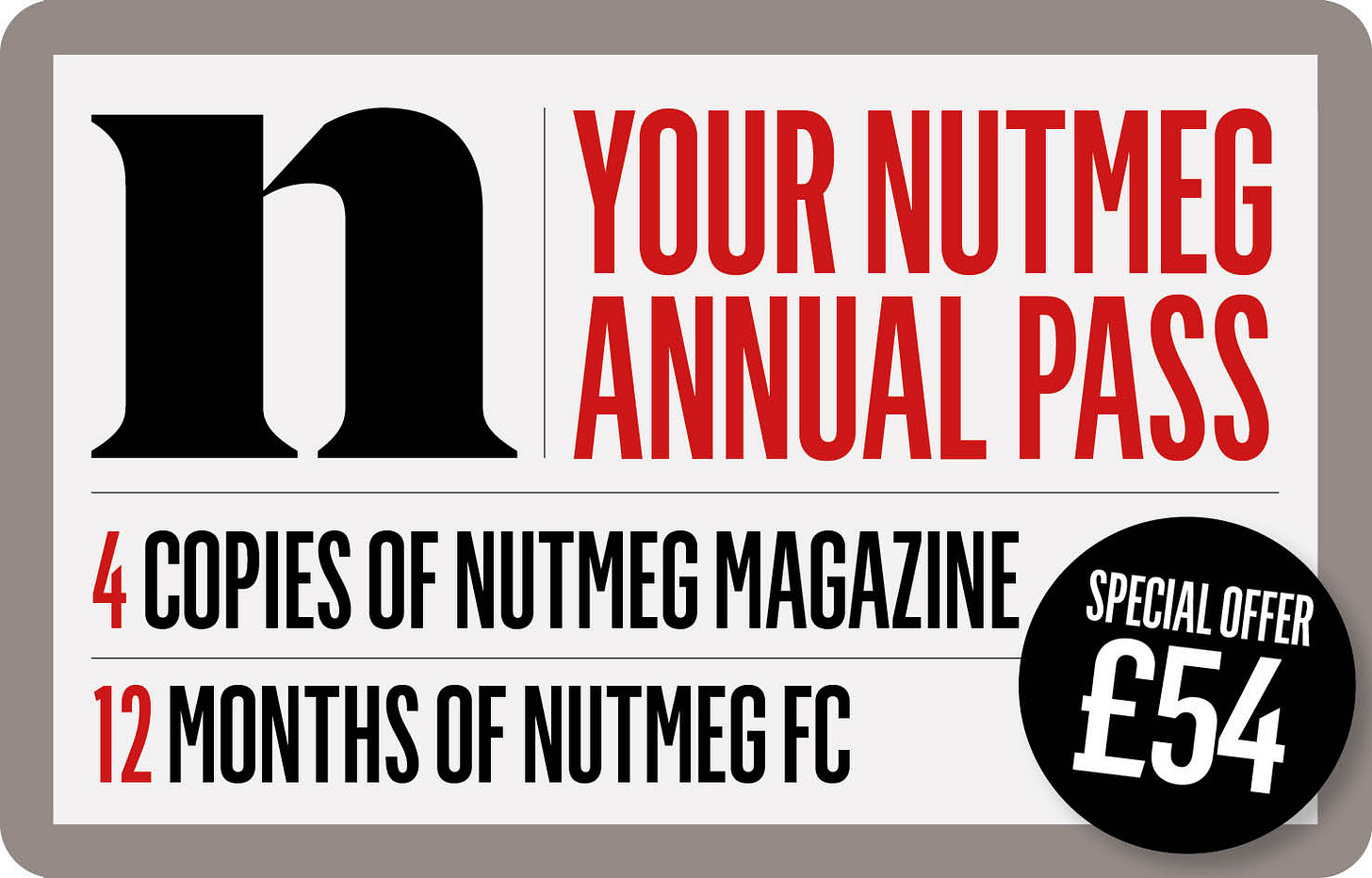💥 Hearts and Hibs smash records, Dundee United go big, Celtic go quietly: A deep dive into the summer transfer window
📈 The Tannadice club had both the biggest net spend and most appearances for new signings... Celtic are lowest ranked in both categories. Meanwhile, the Edinburgh clubs made history
As I detailed early last month, the 20 clubs in England’s Premier League spent more than £3billion, gross, on transfers this summer, obliterating the previous record in a splurge in which each club, on average, spent slightly more than £150million. Liverpool alone spent £442m and at the other end of the scale, Fulham spent “only” £34.9m.
The 12 clubs in Scotland’s Premiership collectively spent £49.51m gross, for an average outlay of around £4m, but they also sold players for a collective total of £59.89m, meaning they made a profit, collectively, of £10.38m.
It will come as a surprise to nobody at all that the Old Firm spent almost 75% of all the transfer money between them in the summer, or £37m, give or take, of the total gross spend of £49.5m.
Nine of the other 10 clubs spent £2m or less each, and the 10th club, Hearts, spent £3.27m gross, which became £1.27m net with the sale of left-back James Penrice, 26, to AEK Athens for £2m.
What does the massive difference in spending tell us about England’s top division (£3bn+) and Scotland’s (£49.5m)? That there’s a chasm in terms of quality? (Maybe, or maybe not). Or that you tend to spend what you can afford, so the English clubs splash extreme amounts because they can, and the Scottish clubs invest not much at all, because they can’t afford to do otherwise.
Burnley are currently the lowest-ranked team in the Premier League. According to OPTA’s Power Rankings they are ranked No. 61 in the world. We can quibble over different ranking methodologies but it says much about the Premier League that one of their smallest and poorest clubs is that high, and they spent £114.9m, gross, on new players this summer.
That is twice as much — and more — than all 12 Scottish Premiership clubs combined.
By contrast, Scotland’s reigning champions, Celtic, spent £13.45m on new players while selling £26.3m worth of talent, including Nicolas Kühn to Como, Adam Idah to Swansea and Gustaf Lagerbielke to Braga.
Celtic made a profit of £12.85m on their summer trading and it’s easy to see why certain sections of their fanbase think their club’s board lack ambition and a cohesive transfer policy. They actually banked money in the same summer they burned their chances of lucrative Champions League group-stage football by losing to the mighty FC Kairat of Kazakhstan in the play-off round.
Celtic are not ranked far behind Burnley by OPTA’s logic: they are currently No. 78 in the world (with a “score” of 84.1 out of 100) to Burnley’s No. 61 (on 85 out of 100).
So what precisely does the spending, or lack thereof, by Scotland’s elite clubs this summer tell us about the state of the game, north and south of the border?
Today’s piece will tell you:
The precise sums spent and received by each of the Scottish Premiership’s 12 clubs this summer, and also the net spend by club.
The total number of new players arriving at Scotland’s top-flight clubs, and how more than half of them have arrived for free, either on free transfers or as loans.
How Hearts and Hibs signed players (below) who both broke their club’s all-time transfer records, Hearts beating their previous record set in 2006 and Hibs breaking their previous record set in 2001.
The clubs that have utilised their new players most in early stages of this season (Dundee United) and least (Celtic).
How the relationship between transfer spending and performance at this early stage of the season is negligible. A club’s wage bill will generally be the best single indicator of how they will perform across a season.
Keep reading with a 7-day free trial
Subscribe to Nutmeg FC to keep reading this post and get 7 days of free access to the full post archives.





